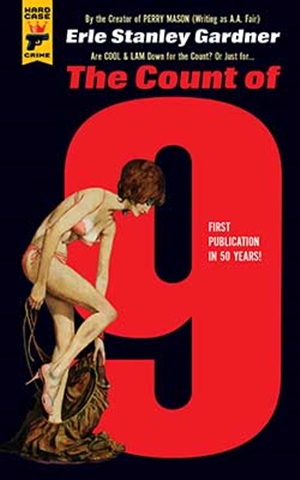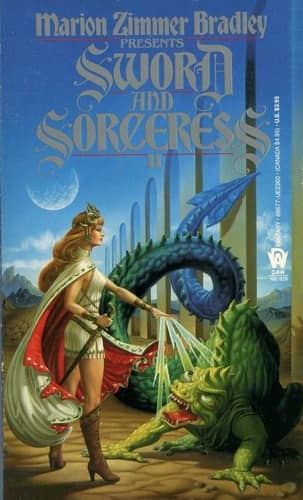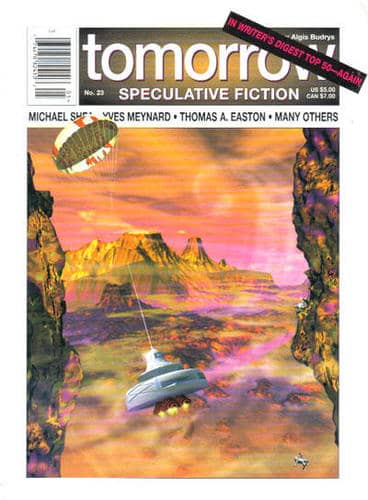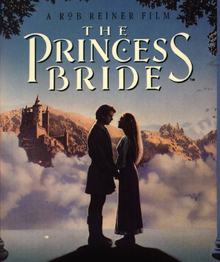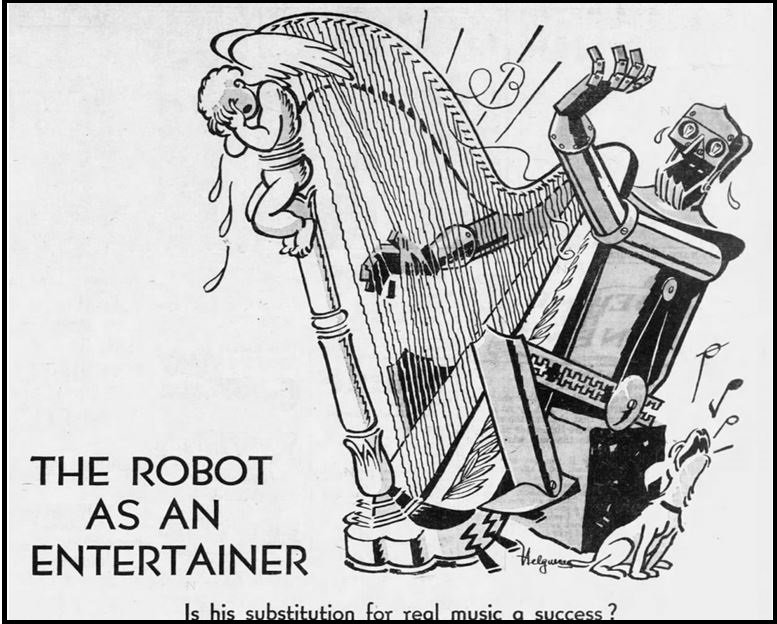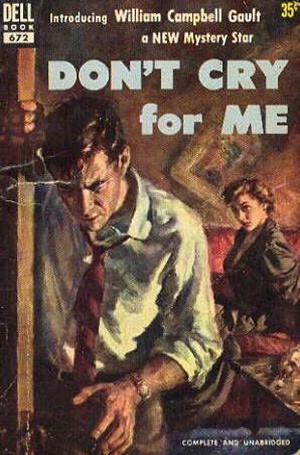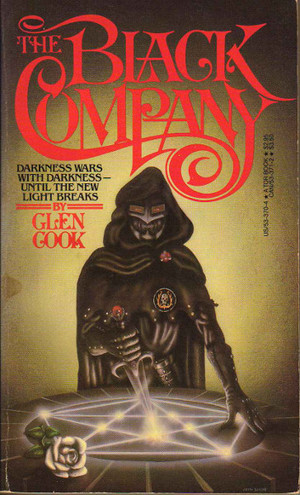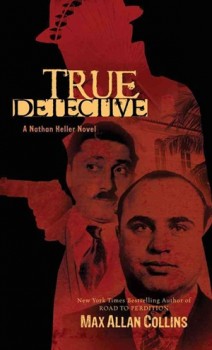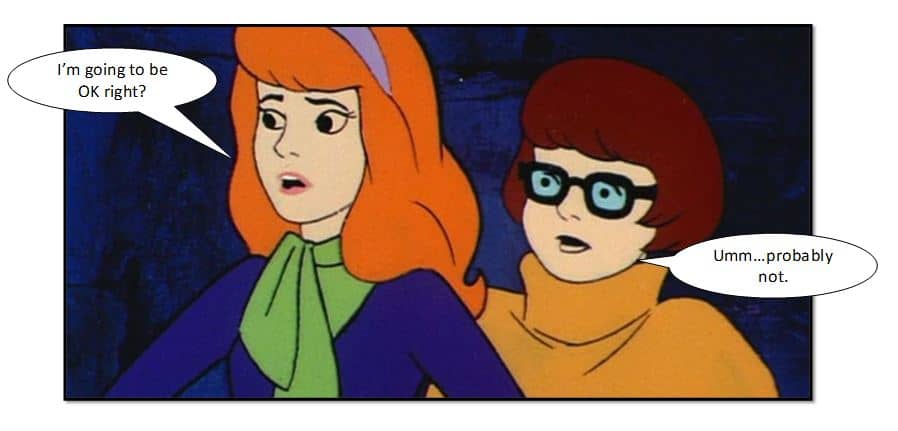A (Black) Gat in the Hand: More Cool & Lam From Hard Case Crime!
“You’re the second guy I’ve met within hours who seems to think a gat in the hand means a world by the tail.” – Phillip Marlowe in Raymond Chandler’s The Big Sleep
In 1938, Erle Stanley Gardner was struggling with his Perry Mason series, though it was successful and he’d written about a dozen books. His agent had died and he clashed with the man’s widow (she took over the business) to the damage of his reputation and ability to sell to other markets.
The prolific pulpster and novelist decided a new approach. He would write a book about a mismatched pair of private eyes and send it to his publisher under an assumed name. I like this guy!
Following his usual pattern, he churned out a novel in three months and send The Bigger They Come to William Morrow & Company. Nobody knew it was written by Gardner. After it was accepted, Gardner told the president, Thayer Hobson, that he was actually A.A. Fair. It remained a secret for some time.
Gardner wrote thirty Cool and Lam novels in thirty-one years (The second one was rejected by the publisher). He was already putting out four novels nearly every year when he started this series, along with much other writing: both fiction and non. I wrote about the series here.
Bertha Cool is a big, profane, money-centric, tough as nails woman. She brought the undersized but brainy Donald Lam into the agency she got from her husband when he died. Lam proves to be a money maker and indispensable to the business and forces his way into a partnership. It’s a mismatched paring that works perfectly on the page, though I don’t know how Lam puts up with her.
On October 23rd, Hard Case Crime is reprinting The Count of Nine, the eighteenth book and out of print for almost forty years. It had earlier reprinted the thirteenth book, Top of the Heap. And Hard Case published, for the first time ever, that rejected second novel, The Knife Slipped.
…
